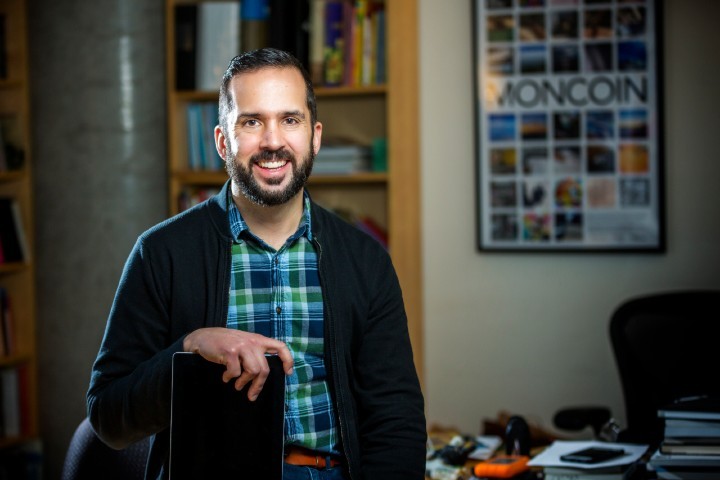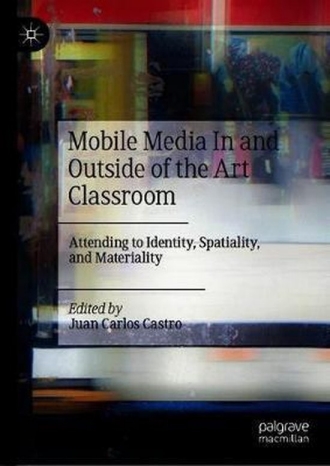We didn’t test that specifically but we asked participants to think about it and they were quite articulate and reflective about the possibilities. Overall, they thought it is possible.
How do you feel about remote learning during the COVID-19 pandemic?
Our research shows that connecting with young people is good pedagogy, and remote learning is an important part of that. But I also think peer learning in the classroom is very influential and critically important. Decades of research show kids look at each and copy each other. That is a really important part of social and emotional learning that is being missed right now.


